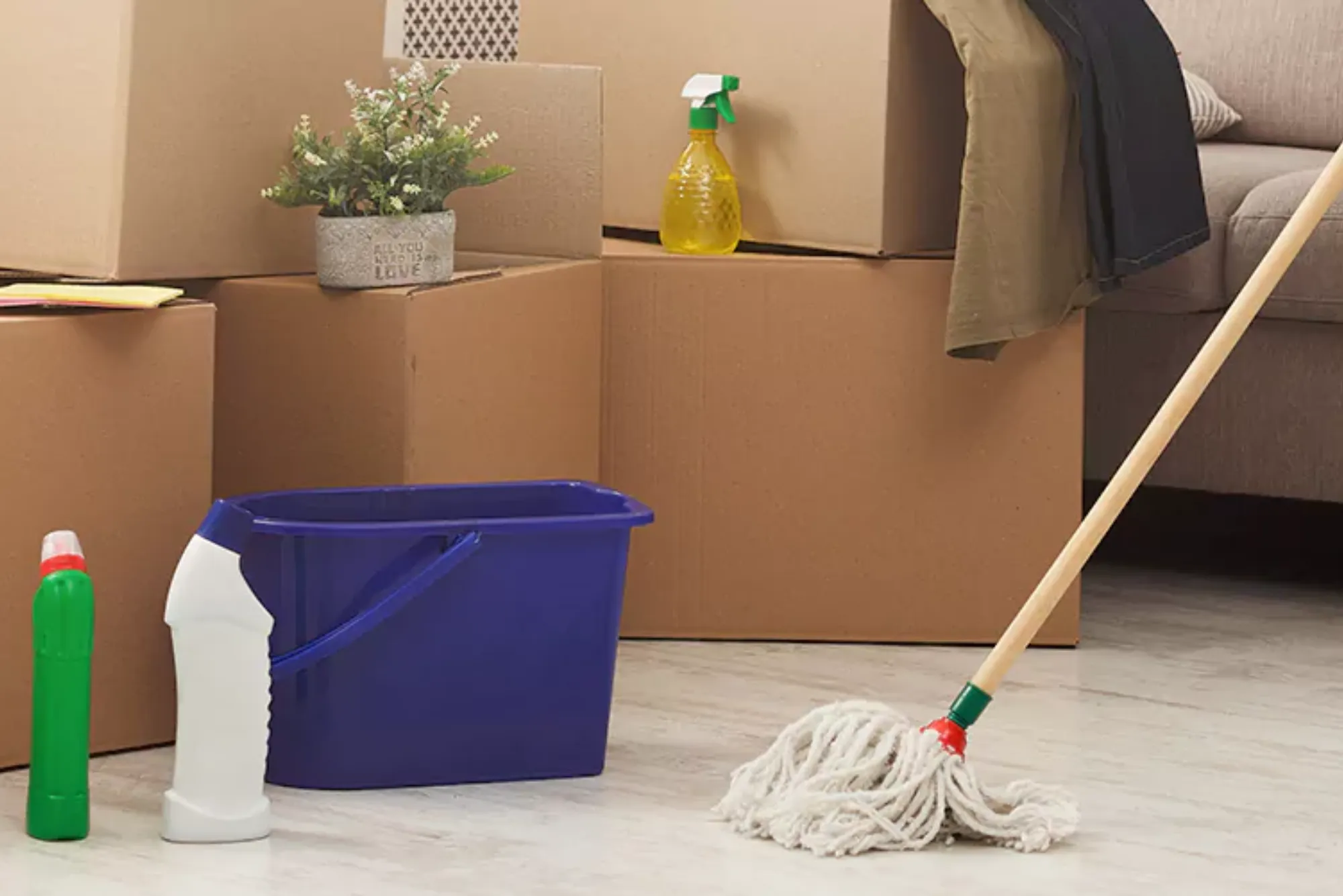Post-construction cleaning is a crucial process that transforms a newly renovated or built space into a safe and welcoming environment. Whether it’s a commercial building or a private residence, lingering dust, hazardous materials, and construction debris can pose risks to health and safety. Proper sanitization during post-construction cleaning ensures the space is not only clean but also ready for occupancy. This article explores the importance, best practices, and common challenges of post-construction cleaning, along with tips to make the process efficient and eco-friendly.
Why is Proper Sanitization Essential?
1. Ensuring Health and Safety
During construction, the buildup of dust, dirt, and other debris can severely impact indoor air quality. Fine particles from drywall, sawdust, or paint fumes may linger, aggravating allergies and respiratory issues. Sanitizing surfaces removes harmful bacteria and viruses, creating a healthier living or working environment. Services such as cleaning air vents or addressing contaminated areas can mitigate these risks effectively.
2. Protecting New Installations
Post-construction debris, such as nails or sharp fragments, along with residue from paint or adhesives, can damage newly installed surfaces and finishes. Sanitization prevents this by using the right tools and cleaning agents to safeguard delicate materials. For example, employing pH-neutral cleaners protects surfaces like marble or natural stone from damage.
3. Elevating Aesthetic Appeal
After construction, smudges, dirt, and construction stains may obscure the beauty of a space. Proper cleaning ensures that every surface, from windows to light fixtures, is left sparkling, showcasing the craftsmanship and enhancing the overall ambiance.
Best Practices for Post-Construction Sanitization
To ensure thorough sanitization, follow these proven practices:
1. Debris Removal
Begin by removing large debris, such as leftover building materials, nails, and wood chips. Using industrial-grade vacuums equipped with HEPA filters ensures the effective removal of fine dust particles from corners, surfaces, and vents. This step is essential for improving air quality and creating a clean base for deeper cleaning activities.
2. Surface Sanitization
- High-Touch Areas: Disinfect frequently touched areas such as doorknobs, light switches, and countertops. These spaces are prone to bacteria accumulation and require antibacterial cleaning agents.
- Floor Cleaning: Floors should be vacuumed, swept, and mopped. Depending on the flooring type, consider steam cleaning or special cleaners for a deeper cleanse. Use a steam cleaner for non-chemical sanitization.
3. Improving Air Quality
Construction often leaves behind airborne particles that settle over time. Cleaning or replacing air filters in HVAC systems is critical to maintaining fresh air circulation. For spaces in regions like the UAE, where dust accumulation is common, routine air duct cleaning and maintenance, such as AC Repair Services, further enhance air quality. By removing debris from air vents, the system operates efficiently, circulating clean air through the workspace or home.
4. Polishing Fixtures and Windows
Polish windows, mirrors, and metallic fixtures using streak-free products. A clean and gleaming surface inspires confidence in the newly completed project and boosts aesthetic appeal.
5. Eco-Friendly Cleaning
Choose sustainable and biodegradable cleaning products to reduce the environmental impact of post-construction sanitization. Incorporate tools like microfiber cloths and energy-efficient equipment into your cleaning routine, following eco-conscious practices that align with modern sustainability trends.
Addressing Common Challenges
1. Lingering Dust
Even after multiple cleaning passes, dust may continue to settle on surfaces. Use HEPA vacuums and air scrubbers to capture fine particles, and wear personal protective equipment (PPE) to avoid inhaling dust.
2. Hazardous Materials
Sharp debris such as glass shards, nails, or chemical residues need safe handling. Professionals adhere to safety guidelines by wearing gloves, masks, and goggles. Specialized waste disposal ensures no harmful materials are left behind.
3. Time Constraints
Construction sites often operate on tight schedules, leaving limited time for thorough post-construction cleaning. Hiring professional cleaning services optimizes efficiency, as they use advanced equipment and proven methods to complete tasks faster without compromising quality.
The Value of Professional Expertise
Post-construction cleaning can be an overwhelming task for property owners. Professional cleaning teams provide the skills, tools, and training required to handle complex jobs efficiently. They follow recommended sanitization protocols while paying attention to detail, ensuring all corners and hard-to-reach areas are addressed.
For added convenience, professionals often extend their services to include appliance maintenance. For instance, Dryer Repair Services and AC Repair Services can be bundled with post-construction cleaning to ensure both appliances and the property remain in optimal condition.
Contributing to a Safe and Welcoming Space
Proper post-construction sanitization is not simply about cleaning—it’s about creating an environment where health, safety, and comfort are prioritized. By removing harmful debris, sanitizing surfaces, and addressing indoor air quality, you prepare the space for long-term use. Eco-friendly practices and professional expertise further elevate the service, ensuring a seamless transition from construction to occupancy.
Whether you’re a homeowner settling into a new build, a business preparing a freshly renovated office, or a landlord welcoming tenants, investing in professional post-construction cleaning services guarantees satisfaction, peace of mind, and a pristine environment ready to impress.



